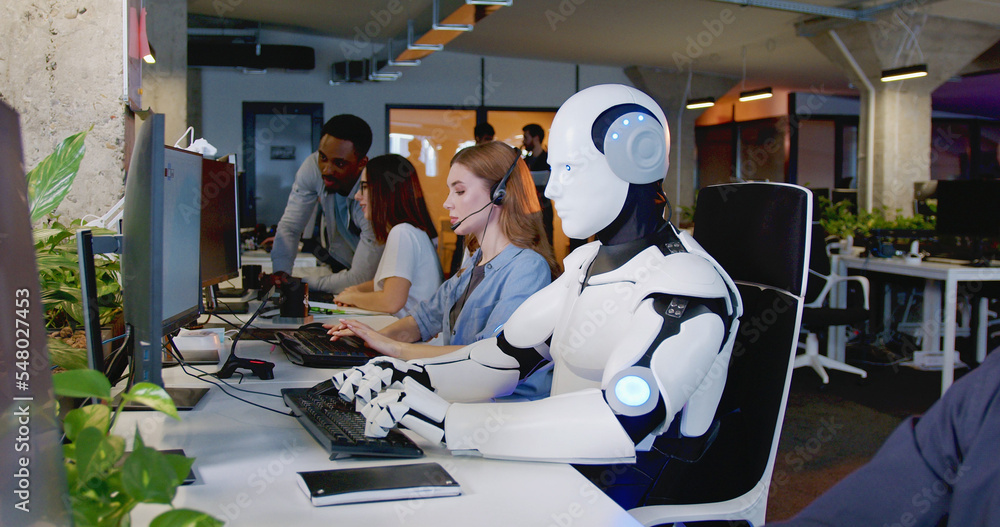Tasks that normally require Human Intelligence substituted by machines is referred to as Artificial Intelligence (A.I.), such as visual perception, speech recognition, decision-making, and language translation.
There are three types of AI, broadly Traditional AI (also known as Narrow AI), Generative AI, and Super AI, with the main focal point of discussion here being Traditional AI. Traditional AI is the weakest and most common form of AI in use, it is the sort of AI we may encounter in our daily lives, for instance, unlocking our smartphones using facial recognition is a typical example of traditional AI. This form of AI supplements day to day human operations but does not have the ability to replace human input in any form. Traditional AI can only produce results based on the input given by human beings, and not beyond that, it cannot perform tasks that human intelligence otherwise can.
Coming to Generative AI and Super AI, both are theoretical forms of AI said to be quite powerful, but not quite possible to achieve in today’s world with the limited intellectual resources. Generative AI is theoretically designed to perform any tasks a human may be able to perform, and maybe even perform those tasks with more efficiency, but this would create issues like unemployment as most of the tasks that may be require human intelligence will be undertaken by Generative AI. Lastly, Super AI is again a highly theoretical concept and quite unachievable in this age. Super AI would have the ability to solve those problems that are impossible to be solved by humans, like, Climate Change and poverty.
For more information visit :
Types of AI | Ahmed Banafa | LinkedIn
Written By : Prof. Ahmed Banafa
 Intelligent Insights...
Intelligent Insights... 










